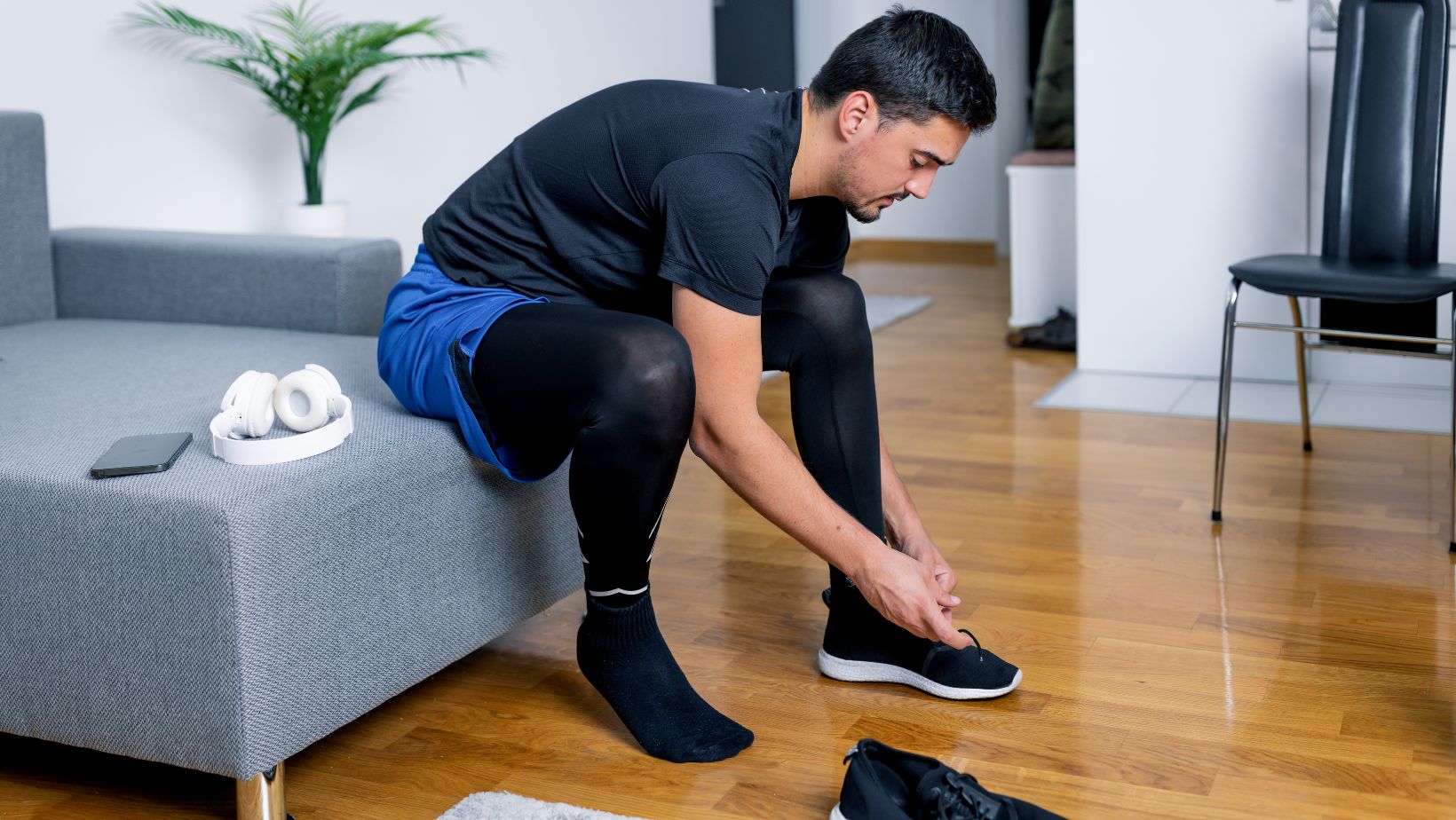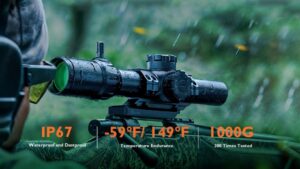
Have you ever wondered what the difference is between fitted and athletic fit dress shirts? It can be confusing with all the different terms out there – slim fit, tailored fit, custom fit. But don’t worry, I’m here to break it down for you in simple terms.
By the end of this article, you’ll know exactly which type of dress shirt is right for your body type and style. So, here’s your answer: What is the difference between fitted and athletic fit dress shirts?
Fitted Dress Shirts
First, let’s talk about fitted dress shirts. A fitted dress shirt is cut to follow the natural shape of your body more closely. It has a tapered waist and is narrower through the chest and shoulders compared to a traditional regular fit shirt.
The main benefits of a fitted dress shirt are:
- Gives you a trimmer, more modern look
- Reduces excess fabric so your shirt doesn’t billow or look baggy
- Flatters your physique if you have an average or lean build
However, fitted shirts can feel tight and constricting if you have a broader chest, big arms, or a bit of a belly. You don’t want to look like you’re wearing a shirt that’s a size too small. Fitted dress shirts work best if you’re on the slimmer side.
Athletic Fit Dress Shirts
Athletic fit dress shirts, on the other hand, are roomier in the chest, shoulders and arms, but still tapered through the waist. They’re designed for guys with a more muscular build who need extra space in the upper body.
The advantages of an athletic cut are:
- Accommodates larger shoulders, pecs, biceps, and lats
- Nips in at the waist to eliminate billowing fabric
- Allows a full range of motion so you can move comfortably
- Looks great on guys with a V-shaped torso
So if you’re someone who works out regularly and has developed a muscular physique, an athletic fit dress shirt is probably the way to go. You’ll appreciate the extra room in the right places.
How to Choose the Right Fit?
Now that you understand the difference between fitted and athletic fits, how do you decide which one to buy? Here are some tips:
- Know your measurements – Chest, waist, arm length, neck size. Compare them to the brand’s size chart.
- Try on both fits in your typical size and see which one feels best and looks better in the mirror. Every brand has a slightly different cut.
- Consider where you’ll wear the shirt. Is it for the office, a wedding, or a night out? An athletic fit may be too casual for some occasions.
- Think about what you’ll wear over the shirt, like a suit jacket or sweater. Make sure it fits comfortably as a layer.
- When in doubt, you can always have a shirt tailored. Buy one that fits your largest area (like your chest) and have the rest taken in if needed.
My Personal Experience
I’ll share my own story. I used to only buy fitted dress shirts because I liked the slim, modern look. But I started putting on muscle at the gym, and suddenly, my go-to shirts were too tight in the chest and arms. The buttons were pulling, and I could barely move. Not a good feeling!
So I tried on some athletic fit dress shirts instead and it was a game-changer. I could breathe again! And the tapered waist still gave me a neat, put-together look. Now I have a mix of both fits in my closet depending on the occasion.
The key is really knowing your body and what styles make you feel confident and comfortable. Don’t be afraid to experiment until you find your ideal fit. And remember, you can always get things tailored to fit you just right.
The Bottom Line
At the end of the day, the difference between a fitted and athletic fit dress shirt comes down to the cut. Fitted is trimmer and more tapered, while athletic is roomier in the upper body but still streamlined.
Neither one is necessarily better than the other – it just depends on your unique build and what look you’re going for. My advice? Try them both, see what you like, and don’t be afraid to mix it up.
I hope this clears things up for you! With this info in mind, you’re well on your way to finding the perfect dress shirt. Trust me, once you experience the power of a great-fitting shirt, you’ll never go back.














